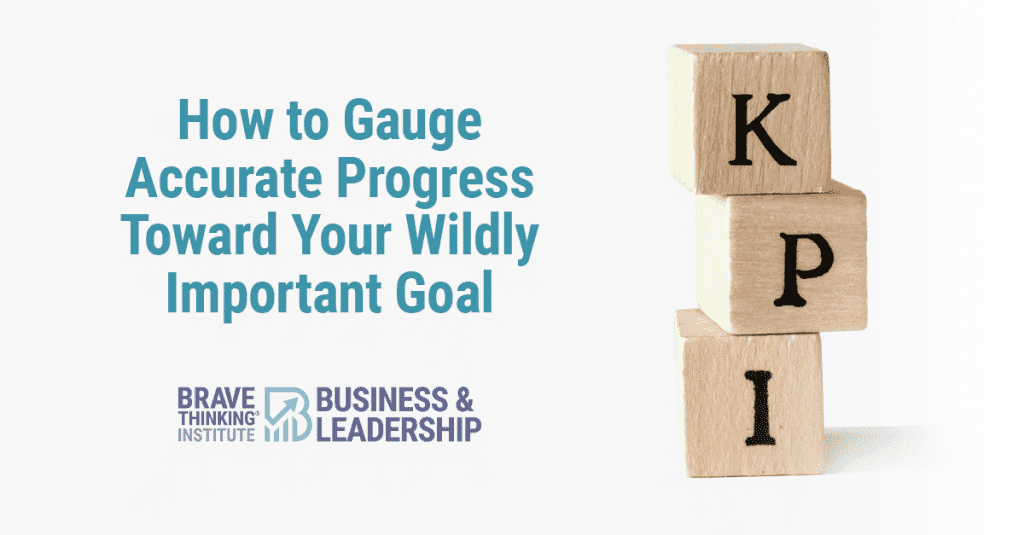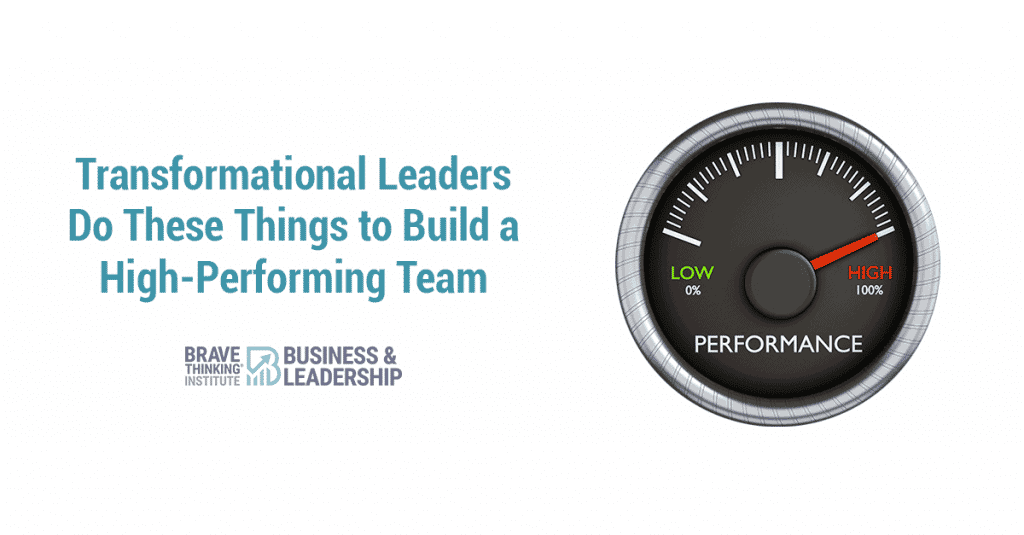Discover How to Use Sean Covey’s Second Discipline of Execution to Chart a Path to Success
If you can picture what you want to achieve in life and business… but you struggle to actually create those results…
Chances are good that you need to work on better execution.
No matter what results you want to create — increased business revenue, an overflowing bank account, vibrant health, amazing relationships marked by deep connection and honest communication, or something else — the ability to get things done will make or break your success.

Cultivate 4 Key Disciplines to Improve Execution
During my blog series about my Top 10 Most Influential Leadership Books, I recommended The 4 Disciplines of Execution by Sean Covey.
I appreciate this book because it provides a missing key that allows people to move from feeling frustrated about not achieving their goals to feeling confident and proud of all they accomplish.
Think for a minute about how many good ideas you have over the course of a year — and how few actually come to fruition. Now imagine how much more successful, fulfilled and on purpose you will feel when you turn even 5 percent more of those ideas into reality.
How often have you sat in a meeting where someone shares a great idea. Everybody in the room loves the idea and agrees that it could really make a difference in the business. Then, three months later, you’re sitting in a meeting when the same idea comes up. Yet no one has taken action on it. The idea is still sitting there … and everyone is looking around the room, asking, “Gee, what do we do with that?”
Early in my career, I used to sit in these types of meetings all the time. It was frustrating and would leave me wondering how much money and impact we were leaving on the table, simply because we weren’t taking action on the brilliant ideas our team had.
Over the past few decades, I’ve learned and honed my ability to execute, as well as how to inspire my team to take action. In his book, Covey outlines 4 essential disciplines that will revolutionize your results.
- Focus on the Wildly Important
- Act on Lead Measures
- Create a Compelling Scorecard
- Create a Cadence of Accountability
In my first post about this book, I discussed the principle of focusing on the wildly important. In a nutshell, you need to distill your list of goals down to the one or two things that matter most to you.
People who are working on just one or two goals tend to accomplish those goals. But increase your goals to three to five, and you’ll be lucky to hit even one of your targets. Working more than five goals? Good luck – because most people don’t get anything done. Identify what is “wildly” important to you, and then put every ounce of effort and focus into bringing that goal to fruition.
In this post, we’ll dive into Covey’s second discipline, Act on Lead Measures.
Act on Lead Measures
We measure results in two ways:
- Lag measurements, when results are measured after the fact. You do the work, then the results are measured. This approach is more common. However, the problem is that lag measurements don’t give us feedback in the moment about whether we are on the right track.
Think for a moment about the goal of losing 20 pounds by June 1. We typically would use a lag measurement — our weight – to gauge progress toward the goal. But measuring weight tells us after the fact if what we have been doing is working.
- Lead measurements, which have two dynamics that matter: the goal you want to accomplish – and the actions you’re taking each day to create results.
First, lead measurements are predictive, which means that the measurements will predict the results of your actions.
Let’s use our example of fitness and losing weight. One lead measurement we could use would be exercise accomplished, such as the number of workouts or the number of minutes spent exercising. I can measure the amount of time I spend working out in a week, and I know that the more time I spend working out, the more fit I will become.
Another lead measurement would be calories consumed. If I measure and reduce the number of calories I consume, I know that I’m likely to achieve my wildly important goal of losing 20 pounds.
The lag measurement, by comparison, would be the number of pounds lost. I can tell when my past actions have allowed me to make progress toward my goal. But I can’t tell in the moment if my actions have me on the right path.
The second important dynamic of lead measurements is that they are influenceable, meaning that you control whether you do it or not.
Working out is a lead measurement, because I control whether or not I take that action. Calories consumed is a lead measurement, because I control what I eat and drink.
Identify Your Lead Measurements
If you haven’t already done so, give yourself permission to set a wildly important goal for 2021. What would you really love to achieve this year? What would make 2021 your best year ever?
I’m absolutely committed to making 2021 my best year yet – I encourage you to make this commitment, too. It all starts with your mindset and belief that you can make it happen.
Once you’ve identified your wildly important goal, decide what lead measures you’ll use to gauge your progress. Remember, lead measures must be predictive and influenceable. Here are some examples:
- If you want to increase the number of clients for your business, your lead measurements might include the number of sales calls you make and the number of proposals you write.
- If you want to create a bigger nest egg, your lead measurement could be the amount of money you put into savings each week.
- If you want to increase your reach and influence, your lead measure might be the number of blog posts you publish each month or the number of speaking engagements you book.
Declare Your Intention
Once you’ve identified your wildly important goal and lead measures, go ahead and share them below. Declare to the world that this is the goal you will achieve in 2021. Then check back soon for my next post, when we’ll unpack Covey’s third discipline of execution.
Go get your Leadership Meditation HERE!




Leave a Reply